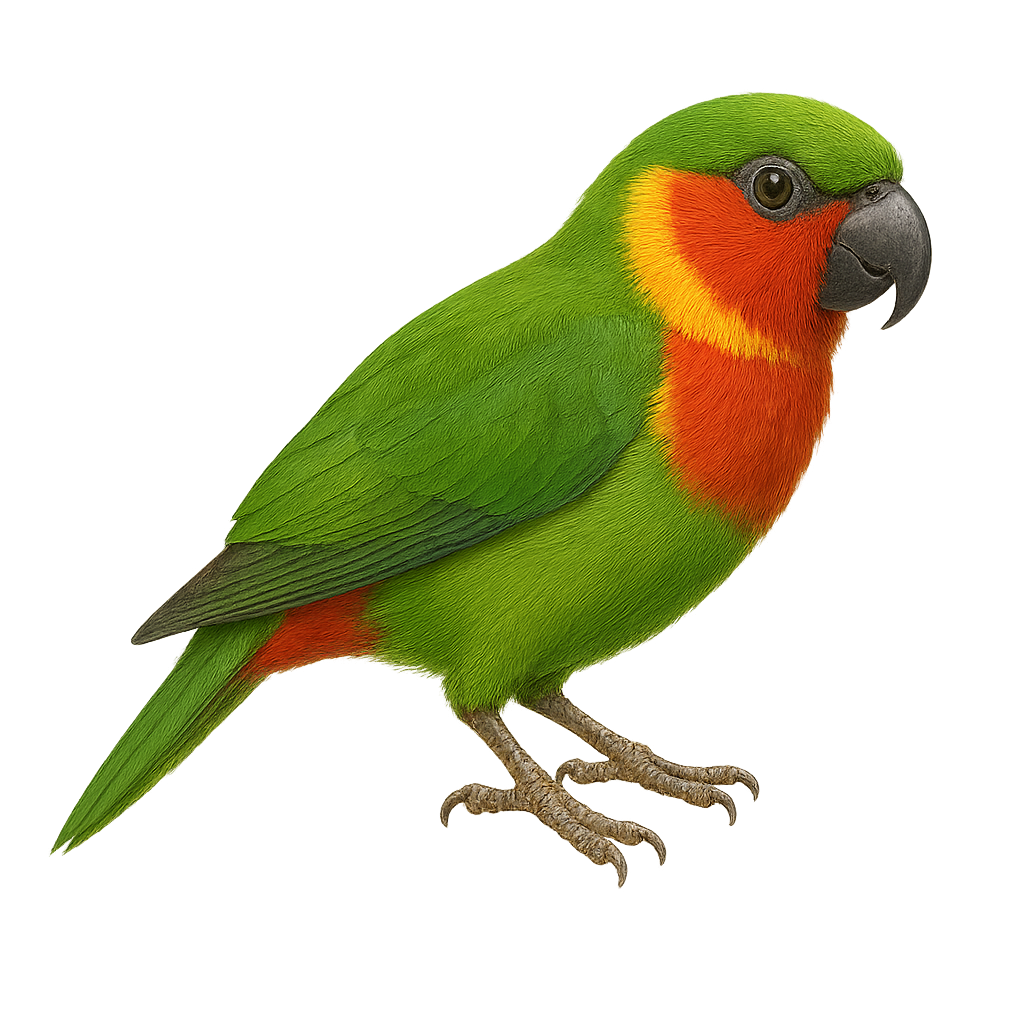Your wildlife photography guide.
Explore the edwards's fig parrot in detail, study its behavior, prepare your shots.
Where to observe and photograph the edwards's fig parrot in the wild
Learn where and when to spot the edwards's fig parrot in the wild, how to identify the species based on distinctive features, and what natural environments it inhabits. The WildlifePhotographer app offers tailored photography tips that reflect the edwards's fig parrot’s behavior, helping you capture better wildlife images. Explore the full species profile for key information including description, habitat, active periods, and approach techniques.
Edwards's Fig Parrot
Scientific name: Cyclopsitta edwardsii

IUCN Status: Near Threatened
Family: PSITTACIDAE
Group: Birds
Sensitivity to human approach: Suspicious
Minimum approach distance: 10 m
Courtship display: October to November
Incubation: 20-22 jours
Hatchings: October to December
Habitat:
Tropical rainforests, mangroves, lowland forests
Activity period :
Primarily active during the day, with peak activity in the morning and late afternoon.
Identification and description:
The Edwards's Fig Parrot is a medium-sized parrot species endemic to New Guinea. It is characterized by its bright green plumage, with shades of blue and red around the head and neck. This parrot primarily inhabits tropical rainforests, where it feeds on fruits, seeds, and flowers. It is often seen in small groups or pairs, moving nimbly among the branches. Although its habitat is relatively stable, it is sometimes threatened by deforestation. Its song is melodious, consisting of whistles and chirps.
Recommended lens:
400 mm – adjust based on distance, desired framing (portrait or habitat), and approach conditions.
Photography tips:
To photograph the Edwards's Fig Parrot, it is advisable to use a 400mm lens or longer to capture precise details without disturbing the bird. Look for areas of the forest where fruits are abundant, as these birds are often attracted to food sources. Be patient and discreet, as they can be suspicious. Use a tripod to stabilize your camera and wait for the right moment to capture their colorful plumage in good natural light.
The WildlifePhotographer App is coming soon!
Be the first to explore the best nature spots, track rutting seasons, log your observations, and observe more wildlife.
Already 1 435 wildlife lovers subscribed worldwide

